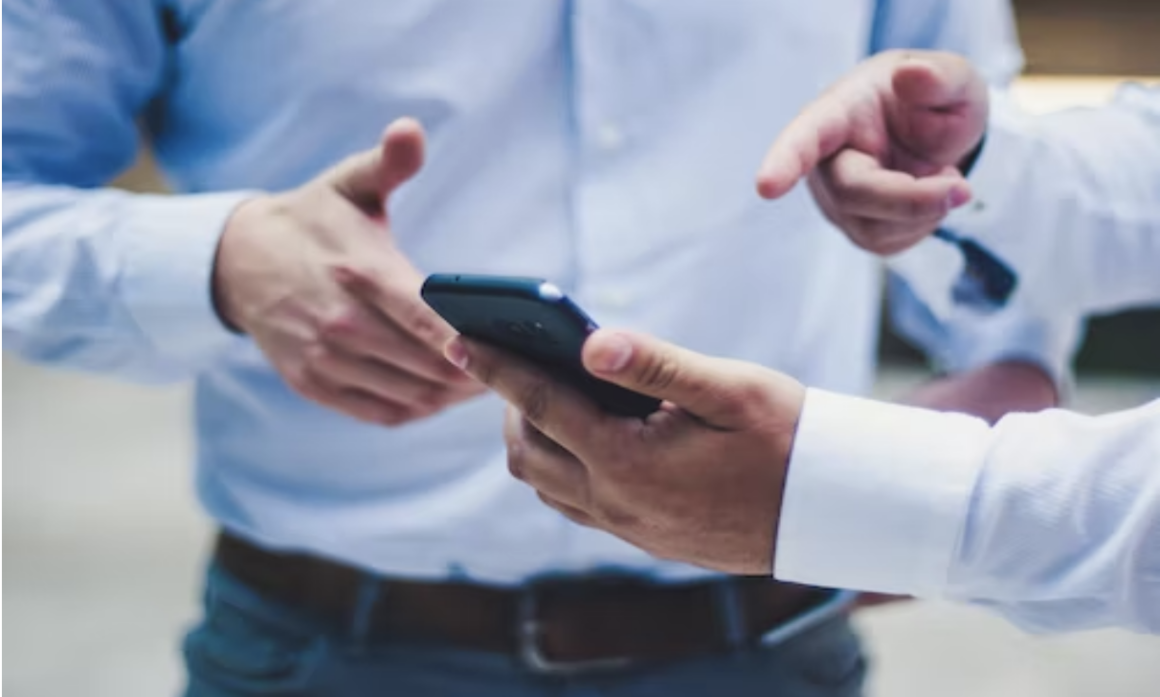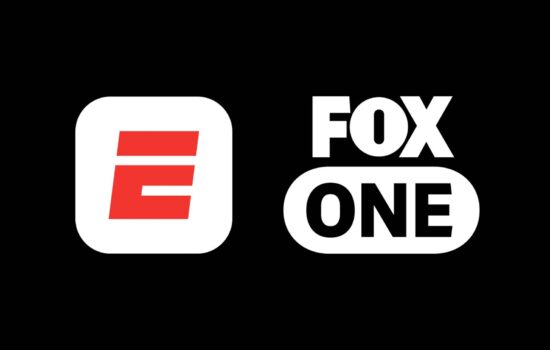Selecting a target platform is a vital step in the design process of developing a mobile app. It has been shown via several studies that iOS and Android are the most widely used mobile operating systems, both in terms of app creation and overall user adoption. A survey of the mobile app development process revealed that most developers (68%) focused on only two platforms despite having plenty of options. The adoption rate of these OSes has skyrocketed in recent years. With plenty of differences between the two, gamblers of online casinos on https://www.slotozilla.com/uk/online-casinos need to know the differences before acquiring a casino online UK.Â
Interface
iOS and Android have a number of similarities in their touch interfaces, including the usage of gestures like swiping, touching, and pinching to zoom. Both systems display a home screen that functions similarly to a desktop OS when powered up. Unlike the iPhone’s home screen is limited to rows of app icons, the Android home screen may have widgets that provide dynamic information like the time and weather. The iOS dock is a customizable workspace for quick access to commonly used programs.
iOS and Android have a top-mounted status bar where vital details like the time, WiFi/cellular signal strength, and battery life can be seen; on Android, the number of unread messages, emails, and reminders may also be shown in this location.
Features of Android 11
The following is a list comparing some of the features of Android 11 with iOS 14. The most notable new features in Android 11 are:
- Priority chats;
- Payment and control are centralized for all devices;
- Native support for recording your screen;
- We’ve upgraded the media controls;
- Better help for foldable gadgets.
Features in iOS 14
The new features in iOS 14 that stand out the most are:
- Personalized widget stacks;
- Condensed phone calls save time and space;
- Third-party default applications;
- The emoji search;
- Locking exposure;
- Quick-shot videos, or QSVs;
- Pinned conversations.
Exclusive Features
No matter if you prefer some particular type of phone, you can find something positive in every kind. There is a table with exclusive features of IOS and Android.
| Apple’s iOS | Android: |
| iMessage: iMessage, perhaps the most downloaded iOS software, can send and receive standard SMS messages (when the other party uses a non-Apple platform) and Apple-supported chats (when all participants use iMessage). Since it works with Apple Pay, transferring funds over iMessage is a breeze. | Android widgets and home screen layout customization options provide great freedom. It also allows other applications to take control of the home screen instead. |
| Using AirDrop, you may wirelessly transfer media from your iPhone to any other iOS device via Bluetooth. The use of the system couldn’t be simpler. | Android’s file management capabilities include user-selectable file managers and direct access to the file system. When an Android smartphone is connected to a Computer, its file system appears as if it were another drive, and data may be easily transferred between the two devices by simply dragging and dropping them. |
| Transferring WiFi credentials between two iOS devices is a snap. If you bring them together, a prompt will appear asking whether you want to share your password. | Most Android phones also support external microSD card expansion. While the phone’s internal memory may only be 32 or 64 GB, you may add a microSD card with a maximum capacity of 1 TB to increase the total storage to that amount. |
| As part of iOS’s automated app maintenance feature, unused programs are “offloaded,” or deleted, whenever you are not using them. When you decide to use the applications again, your data will be preserved, and they will be reinstalled. | Android, unlike iOS, allows for many users and even a guest account, whereas iOS is limited to a single user. This is a great feature if you ever need to lend your phone to a child or a friend for a short time. |
| Apple’s well-designed system makes an easy transition from one iPhone to another possible. It’s simple to transfer your old iPhone’s applications, contacts, photos, and settings to a new one during setup. | Only iPads running iOS have compatibility with the split-screen mode. The Android operating system also allows this function to be used on mobile phones. |
Software Upgrades
Users of Apple’s iOS platform have a significant edge here. Each iOS gadget may get the latest updates as they become available. In September 2015, Apple introduced the iPhone 6S, and by the time iOS 14 was released in the autumn of 2020, even the 2015 model was supported. Apple said that certain older devices might not get all new capabilities in an update due to hardware capability.
While Google often releases updates for Android, some users may need access to the upgrades on their phones or may have purchased phones with outdated software. Manufacturers of mobile devices may choose whether or not to provide software updates. They may only support updating some of their phones and tablets to the most recent version of Android. When an update is made available, it’s frequently months after the newest Android version has been made public.
Comparison Between iOS and Android Apps
Google Play is where Android users may download applications; the store presently has over a million options, most of which are optimized for tablet use. The Kindle Fire, for example, is an Android device with an app store offering a far more limited range of applications. Apps like Instagram and Pinterest that were previously iOS-only are now accessible for Android thanks to Google’s more open app store. Other formerly exclusive programs like Adobe Flash Player and BitTorrent are also available.Â
Google-based applications like YouTube and Google Docs are also available on Android. There are over a million applications accessible in the Apple app store, and around a third of them are optimized for use on the iPad. Games for Apple’s iOS platform often get developed first, before those for Google’s Android platform. Here on Wikipedia, we keep track of iOS-exclusive video games.
The most downloaded applications are accessible in the Google Play and Apple App Store. Although Android tablet applications are often enlarged copies of Android smartphone apps, several iPad apps were developed exclusively for the iPad. When a startup initially releases a smartphone app, the company’s developers may choose to concentrate on more than one platform (often iOS) due to a lack of initial resources to support numerous platforms. For example, Instagram’s iOS app emerged first, followed by the Android version. Also, there are other tech gadgets that help to combine job and personal life.
Android vs iOS Voice Control
Siri, Apple’s synthetic voice assistant built into iOS, can take dictation and execute spoken requests. Siri has several functions: access to sports scores and standings, restaurant bookings, and movie timings at your neighbourhood theatre. It may also dictate emails and SMS, add events to your calendar, and connect to your car’s stereo and navigation system.Â
Google Now, available on Android, is a virtual assistant with comparable capabilities that can also keep track of your schedule and provide audible reminders when it’s time to go. With your voice, you may look up information or jot down notes.
Navigating Using Maps and the World Wide Web
Google Maps, Waze, and Bing are examples of cross-platform navigation apps. In December 2012, Google debuted its Maps app for iOS, and it significantly improved over the Android version in terms of capabilities, design, and convenience of use. It is hardly likely that the Android version will lag. Several people wanted to be more satisfied with Apple’s mapping tool, which became standard on all iOS devices when it was first released with iOS 6.
Google Chrome is Android’s default browser, whereas Apple’s Safari is iOS’s. The two web browsers are interchangeable in quality and functionality, and Google Chrome is even a viable option for iOS users. Unfortunately, Android users can’t use Safari.
Conclusion
Apple’s iOS and Google’s Android operating systems both have advantages and disadvantages that make them suitable for certain users. Owning a Mac, iPad, or Apple TV makes upgrading to an iPhone a no-brainer. Choose to get an Android if you value adaptability and app support. For some individuals, several classes are more significant than others. Some may place a higher premium on battery life or mobile gaming performance, while others will place a higher premium on hardware selection. Each system has advantages that make it a desirable option for certain users. Selecting the most important considerations requires some thought.








